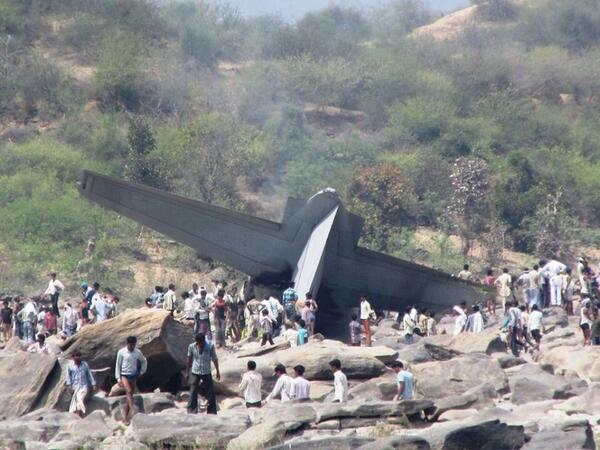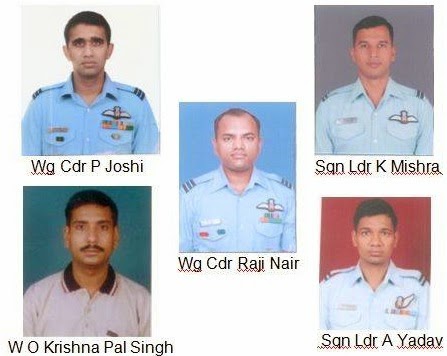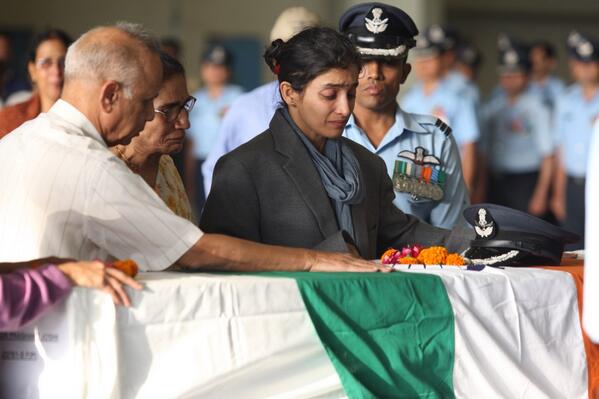
India’s 157-page national audit report tabled in the country’s Parliament yesterday made the headlines and raised political temperatures because it contained a long anticipated chapter on the Narendra Modi government’s contentious 2016 Rafale jet deal. The report does, however, contain audit checks on other acquisitions. And while the Comptroller Auditor General’s comments and conclusions on a variety of deals are standard fare, a startling pair of paragraphs stand out in the chapter on India’s acquisition of Lockheed-Martin C-130J Super Hercules transport aircraft.
In 2008, India signed a $962 million deal with Lockheed-Martin for six C-130Js, with the first aircraft arriving in February 2011. A second deal worth $860 million was signed in December 2013 for six more aircraft. The two squadrons — Veiled Vipers and Raiding Raptors — are based at Hindon and Panagarh respectively. Three months after the second order was signed, one of the C-130Js crashed in the state of Madhya Pradesh, killing all five men on board — Wing Commander Prashant Joshi, Wing Commander Raji Nair, Squadron Leader Kaushik Mishra, Squadron Leader Ashish Yadav and Warrant Officer Krishna Pal Singh. The aircraft had been in a low level hill navigation sortie with another C-130J that was flying in front of it.


Five years after the accident, the first official information about the troubling accident of a new aircraft has emerged into the public domain by way of a national audit report. Here’s what the report says about the accident:

The report reveals that the accident was found by an inquiry to have been caused, in part, by ‘inadequate experience and training of the crew’. The investigation board, the report says, also recommended the activation of a C-130J simulator ‘at the earliest as one of the remedial measure(s)’. Strangely though, the report notes that a C-130J simulator was provided by the vendor (on a January 2009) contract and installed in India in December 2012 — a full fifteen months before the accident.
The report notes, “The simulator could not be put to use due to non-finalisation of usage rate contract by the Indian Air Force. Usage rate contract was signed in August 2016 and training on simulator actually commenced in November 2016. Audit noted despite installation (December 2012) of simulator, the training to pilots could not be imparted for more than three and half years (December 2012 to November 2016) due to non-finalisation of usage contract.”
The Mahindra Defence-Lockheed C-130J full motion simulator training centre at the Hindon air force base was finally open in August 2017. The Ministry of Defence, in testimony to the national auditor has accepted the ‘delay in commissioning of training simulator’ but also contended that inadequate training was not the ‘primary reason for the accident’. Considering it was one of the reasons for an accident in which five persons were killed, the auditor has chosen to have the last word and point that out to wrap up its conclusions.
The fact that the MoD has accepted delays in the installation of the C-130J simulator establishes that the national auditor hasn’t overreached in its findings on this critical aspect. And the fact that inadequate simulator training was a formal finding of the accident investigation only amplifies the seriousness of the delay.
The MoD is correct in stating that inadequate training wasn’t a primary reason for the crash, as brought out by the IAF Court of Inquiry. Livefist has learnt that the primary cause of the crash was a fin stall at low altitude that gave the pilots no time to recover the aircraft. The aircraft’s blackbox later showed that the frantic crew had tried all manner of extreme control inputs to recover the aircraft, but failed to bring it back.
A year later, in April 2015, a U.S. Flight Test Squadron AC-130J suffered a similar accident caused by a fin stall. An investigation into that latter accident noted, “Fin stall was not a new or misunderstood hazard within the C-130 test community. In fact, it was documented for decades in Air Force guidance and Lockheed Martin technical publications. Although the test team members knew they were skirting the edge of known flight test knowledge, they were denied access to that information.”
The C-130 fin stall phenomenon, in fact, has been documented in detail as far back as 1972. Indian pilots are some of the best in the world, making use of one of the world’s finest training regimens. The C-130J crash of 2014 will continue to be a tragic reminder that advanced aircraft and proficient pilots can still face the fatal non-negotiable foibles of military aviation. The auditor’s report must, however, be a harsh reality check on just how unacceptable delays of any kind are when it comes to training and safety.

Beyond the 2014 accident, the C-130J is a much loved and highly capable aircraft in IAF service, with plans for more to be procured. The aircraft have stretched their legs to all corners of the country, from the Andaman Islands in the Bay of Bengal to the very high altitude airfields in Ladakh’s Daulat Beg Oldie and forward areas in the north east.

The news is an eye opener for the public and even to many Defence personnel z .such news should be widely published. I salute those brave soldiers (martyrs)